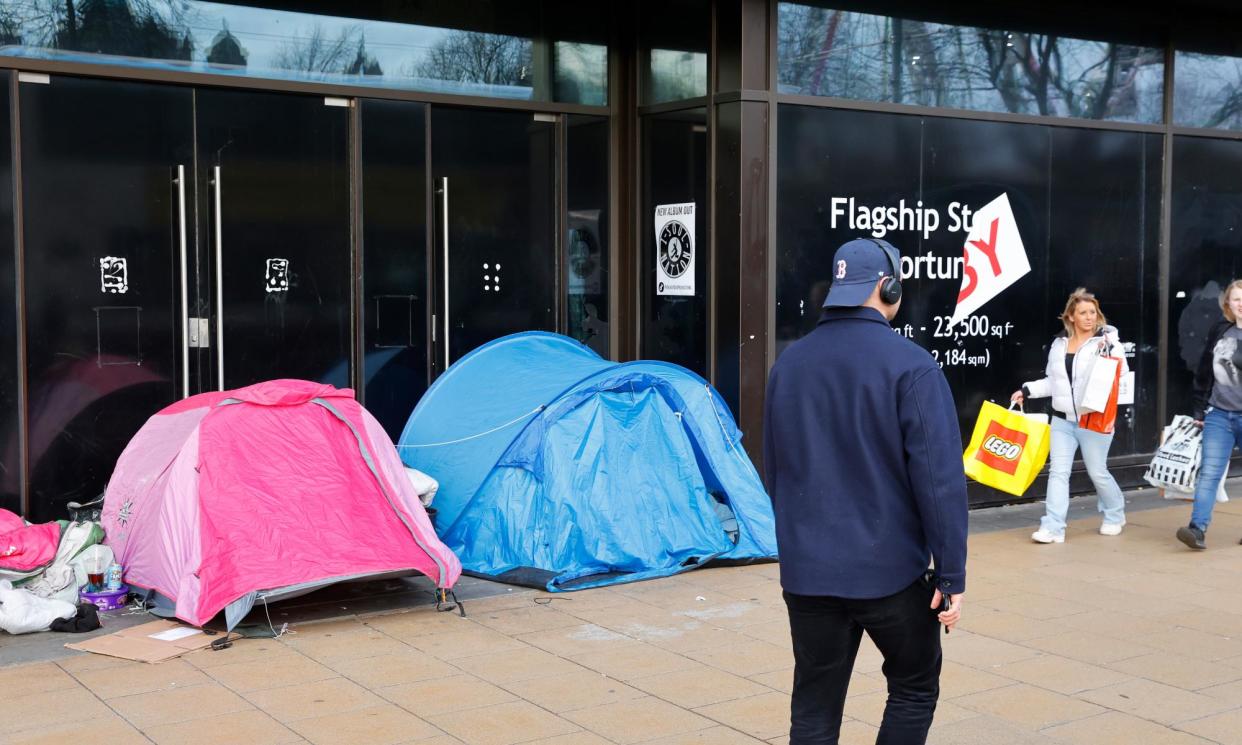Edinburgh councillors say new tourist tax will help build council housing

Councillors in Edinburgh are hoping to build new council houses and improve public parks thanks to a new tourist tax that could raise up to £50m a year.
The city council is expected to become the first in the UK to introduce a comprehensive visitor levy using new government powers, with tourists and visitors paying a daily 5% surcharge on their beds from July 2026.
The charge, which will be capped at seven consecutive nights, will cover hotels, bed and breakfasts, self-catering flats and rooms let via websites such as AirBnB, and student halls let out to tourists.
The council estimated that if the levy had been in place for Taylor Swift’s three Eras concerts at Murrayfield in June, the city would have raised about £620,000 to invest.
The levy, which mimics tourist taxes used by European cities such as Madrid, Amsterdam, Berlin and Lisbon, is expected to raise between £43m and £50m a year from about 5.3m overnight stays a year. Only campsites, the disabled, the homeless, refugees and Gypsy-Traveller sites will be exempt.
Cammy Day, the council leader, said the city aims to use £5m of that income to borrow £70m to build new council housing and other affordable homes to tackle the city’s housing crisis.
Edinburgh, like many other popular tourist destinations, has seen house prices and rents soar, pricing out many residents and helping push 3,126 households into homelessness last year. That has spurred protests by anti-poverty campaigners and recent Scottish government measures to impose extra licensing and planning controls on short-term lets.
Day said about 50% of the new tax revenues would be spent on the housing programme and on improving public spaces. That could include parks outside the city centre, replacing the shabby concert venue in Princes Street gardens known as the Ross bandstand, or on upgrading Princes Street itself.
A further 35% will be invested in the city’s festivals and cultural venues, while 15% will go on tourism spending. That would all make the city a “much more enjoyable, presentable city for people to come to and live in”.
Day dismissed recent complaints from Rocco Forte, the hotels magnate who owns the Balmoral hotel on Princes Street, who called for a boycott of the tax in a recent article for the Scotsman, claiming a levy of 7% would cost Balmoral guests £1.3m a year.
The council leader said they were still consulting people on the levy but there was no evidence from other cities that had introduced a tourism levy that it had cut visitor numbers. Some hoped their levies would reduce visitors, with no discernible effect.


